- All Flags
- Flags of Countries by Continent
-
Flags of Organizations
- Flags of UN countries
- Flags of the European Union countries
- Flags of NATO countries
- Flags of the countries of the Organization of Islamic Cooperation
- Flags of the countries of the Organization of American States
- Flags of the Arab League countries
- Flags of the African Union countries
- Flags of the countries of the Union of South American Nations
- Flags of the Commonwealth of Nations
- Flags of the countries of the Secretariat of the Pacific Community
- Flags of the Nordic Council countries
- Flags of the Caribbean Community
- Flags of the countries of the Association of Southeast Asian Nations
- Flags of the East African Community
- Flags of the countries of the Organization of Turkic States
- LGBT Community Flags
- Historical Flags
- Ethnic Flags
- Flags of the USA (states)
Flag of American Samoa
The flag of American Samoa is a striking symbol of the territory's unique identity, history, and relationship with the United States. Adopted on April 24, 1960, it stands as a testament to the blend of Samoan heritage and American influence. Design and Symbolism The flag features a central white triangle with a red border, which points towards th..
Flag of Australia
The Australian National Flag is a profound symbol of the nation's history, its unique geography, and its political foundation. While a subject of ongoing debate for some, for the majority of Australians, it is a source of national pride and a powerful representation of their identity. The flag’s design, chosen in a national competition follow..
Flag of Fiji
The flag of Fiji is a powerful emblem of the island nation's rich history, deep-rooted culture, and its unique identity as a former British colony and now a sovereign nation in the heart of the Pacific. Adopted on October 10, 1970, the day Fiji gained independence, the flag represents the country's past and its promising future. Design and Symboli..
Flag of French Polynesia
The flag of French Polynesia is a colorful and deeply symbolic vexillological masterpiece that beautifully captures the unique culture, history, and geography of this island community. It represents not just an official symbol, but a vibrant embodiment of the Polynesian people's distinct identity, their inseparable connection to the ocean, and thei..
Flag of Guam
The flag of Guam is a vibrant emblem that tells a powerful story of this island territory's history, culture, and deep-seated pride. As an unincorporated territory of the United States, Guam holds a unique identity, and its flag serves as a primary symbol of its people's resilience and enduring connection to their land and the Pacific Ocean. For an..
Flag of Kiribati
The flag of Kiribati is a visually striking and profoundly symbolic emblem that captures the essence of the nation's unique geography, its rich culture, and its journey to independence. Adopted on July 12, 1979, the day Kiribati became a sovereign state, the flag is a beautiful tapestry of the country's natural elements and its national aspirations..
Flag of Nauru
The flag of Nauru is a symbol of a nation's unique geography, its journey to independence, and the elements that define its history and identity. Adopted on January 31, 1968, the day the island nation gained independence, the flag's design is both simple and profoundly meaningful, telling a story of location, heritage, and the promise of a future. ..
Flag of New Caledonia
The flag of New Caledonia is more than just a piece of fabric; it's a vibrant tapestry of history, culture, and political aspiration. Though it flies alongside the official French Tricolour, this distinct flag is a powerful emblem of the indigenous Kanak people and their ongoing journey toward autonomy and self-determination. For a website dedicate..
Flag of Niue
The flag of Niue is a distinctive and highly symbolic emblem that tells the story of this small island nation's unique political status, rich heritage, and enduring relationship with its larger partner, New Zealand. Unlike many flags in the Commonwealth, its bright golden-yellow field immediately sets it apart, making it a memorable and powerful re..
Flag of Norfolk Island
The flag of Norfolk Island is a powerful emblem that encapsulates the unique identity and rich history of this remote South Pacific territory. Adopted in a moment of growing self-governance, it is a striking symbol of the island’s heritage, its connection to nature, and the distinct community that calls it home. For any student of vexillology..
Flag of Palau
The flag of Palau is a remarkable example of a national symbol that is both elegantly simple and profoundly meaningful. Its design, with a single golden-yellow circle on a light blue field, eschews complexity in favor of powerful and deeply resonant symbolism rooted in the nation's culture and its journey to independence. Adopted on January 1, 1981..
Flag of Papua New Guinea
The flag of Papua New Guinea is a striking and powerful symbol of the nation's unique identity, rich cultural heritage, and its journey to independence. Adopted on July 1, 1971, the flag's design is a testament to the creativity of its people, as it was the winning entry in a nationwide competition. Design and Symbolism The flag is divided diagon..
Flag of Samoa
The flag of Samoa is a striking and symbolic representation of the nation's independence, its deep-rooted connection to the Pacific Ocean, and its commitment to Christian values. Adopted on February 24, 1949, and officially retained upon gaining full independence on January 1, 1962, the flag's design tells a story of sovereignty and heritage. Desi..
Flag of the Cook Islands
The flag of the Cook Islands is a profound and visually striking representation of the nation's history, geography, and cultural identity. More than just a national emblem, it tells a story of a Pacific nation that navigates its rich past while looking toward a unified future. Its design, steeped in both historical ties and local symbolism, makes i..
Flag of the Federated States of Micronesia
The flag of the Federated States of Micronesia (FSM) is a beacon of unity and freedom, symbolizing the nation's profound connection to the Pacific Ocean and its four constituent states. Adopted on November 30, 1978, the flag's design is a simple yet powerful representation of the country's unique identity. Design and Symbolism The flag features a..
Flag of the Marshall Islands
The flag of the Marshall Islands is a vibrant and deeply symbolic representation of the nation's geography, history, and the aspirations of its people. Adopted on May 1, 1979, the flag’s design is a powerful visual narrative, celebrating the country's emergence as a self-governing republic and its unique place in the vast Pacific Ocean. Desi..
Flag of the Northern Mariana Islands
The flag of the Northern Mariana Islands is a profound and meaningful symbol, encapsulating the unique identity, history, and natural beauty of this U.S. Commonwealth in the western Pacific Ocean. The flag’s design is a testament to the blend of cultures, its political ties to the United States, and the enduring spirit of its people. It is a ..
Flag of the Pitcairn Islands
The Pitcairn Islands, a remote British Overseas Territory in the South Pacific, are renowned for their unique history, primarily linked to the mutineers of HMS Bounty. This fascinating past is intricately woven into the fabric of their national identity, a sentiment beautifully captured by their official flag. Adopted on April 2, 1984, the flag is ..
Flag of the Solomon Islands
The flag of the Solomon Islands is a vibrant and modern symbol that encapsulates the nation’s geography, natural resources, and its journey to independence. Adopted on November 18, 1977, in anticipation of its full sovereignty, the flag is a visual representation of the country’s identity and aspirations. Design and Symbolism The flag..
Flag of Tokelau
The flag of Tokelau is a modern and unique emblem that powerfully represents the nation's identity, its geography, and its relationship with the vast Pacific Ocean. Adopted relatively recently, this flag tells a story of a small nation's journey toward self-governance and a proud assertion of its cultural heritage. Key Design Elements and Their Me..
Flag of Tonga
The flag of Tonga is a powerful and deeply religious symbol that represents the nation’s profound connection to Christianity and its unique constitutional history. Adopted on November 4, 1875, it is one of the oldest national flags in continuous use in the Pacific. Design and Symbolism The flag features a red field with a white canton in th..
Flag of Tuvalu
The flag of Tuvalu is a deeply symbolic banner, representing the geography, history, and national identity of this Pacific island nation. Adopted on April 11, 1997, it features a unique combination of traditional elements and modern identity. Design and Symbolism The flag has a light blue field, with the Union Jack in the canton and nine yellow f..
Flag of Vanuatu
The flag of Vanuatu is a powerful and iconic national symbol, rich with meaning that reflects the country's unique history, its culture, and the aspirations of its people. Adopted on February 18, 1980, the flag's design beautifully encapsulates the spirit of a nation that emerged from a complex colonial past to forge its own sovereign identity. De..
Flag of Wake Island
The unofficial flag of Wake Island is a visually striking and symbolic design. It consists of a large blue triangle on the hoist side, with the fly side divided into two horizontal stripes: white on top and red on the bottom. The flag’s design is a powerful blend of local symbolism and a clear nod to its national affiliation. The elements of..
Flag of Wallis and Futuna
The territory of Wallis and Futuna is a unique overseas collectivity of France in the South Pacific, known for its rich Polynesian culture and its traditional monarchies. Like its political status, the flag situation of the islands is distinctive, featuring a duality that represents both its local identity and its ties to France. While the official..








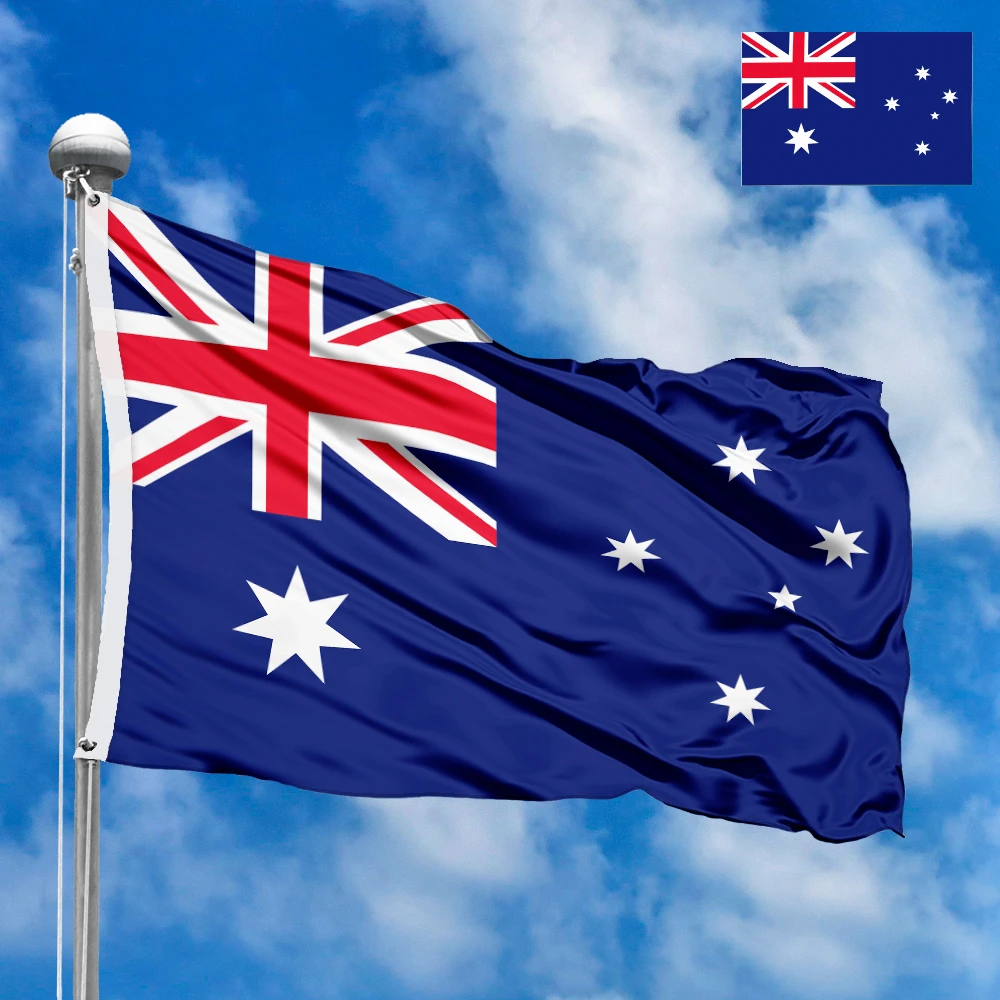















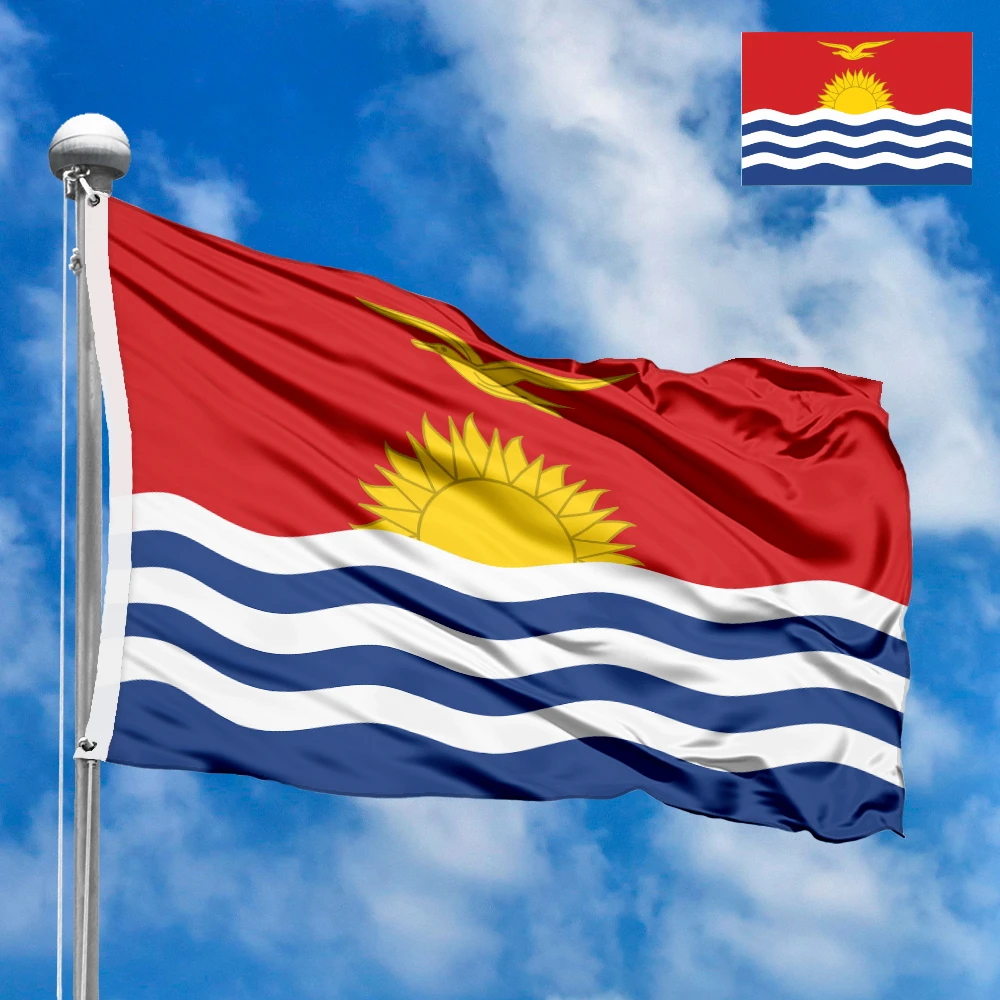







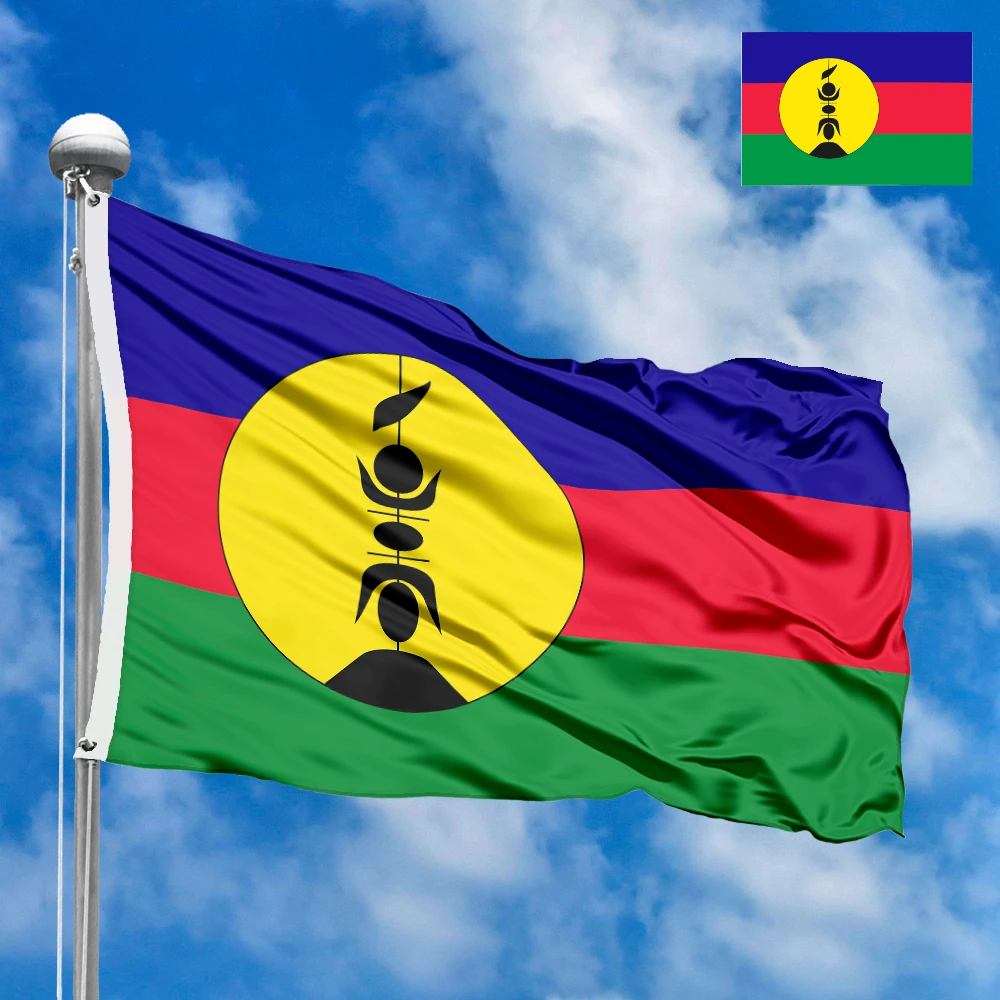











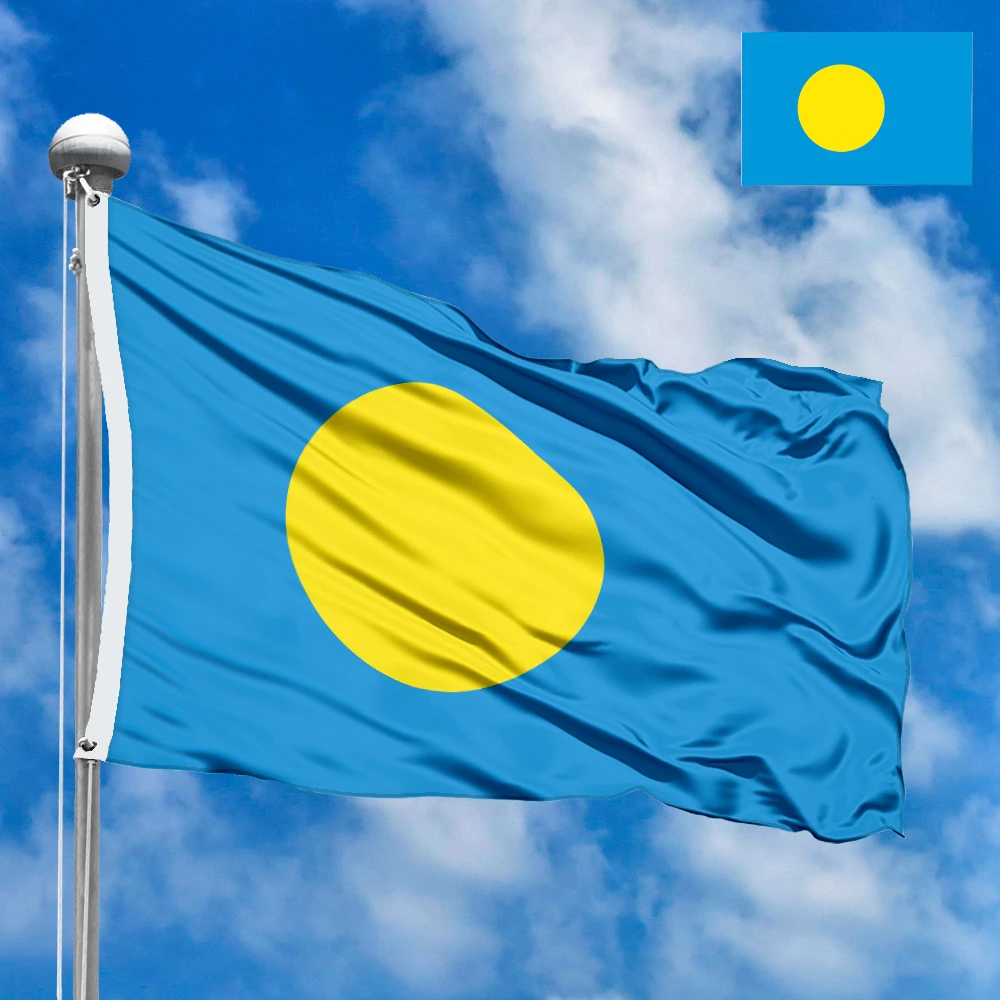



























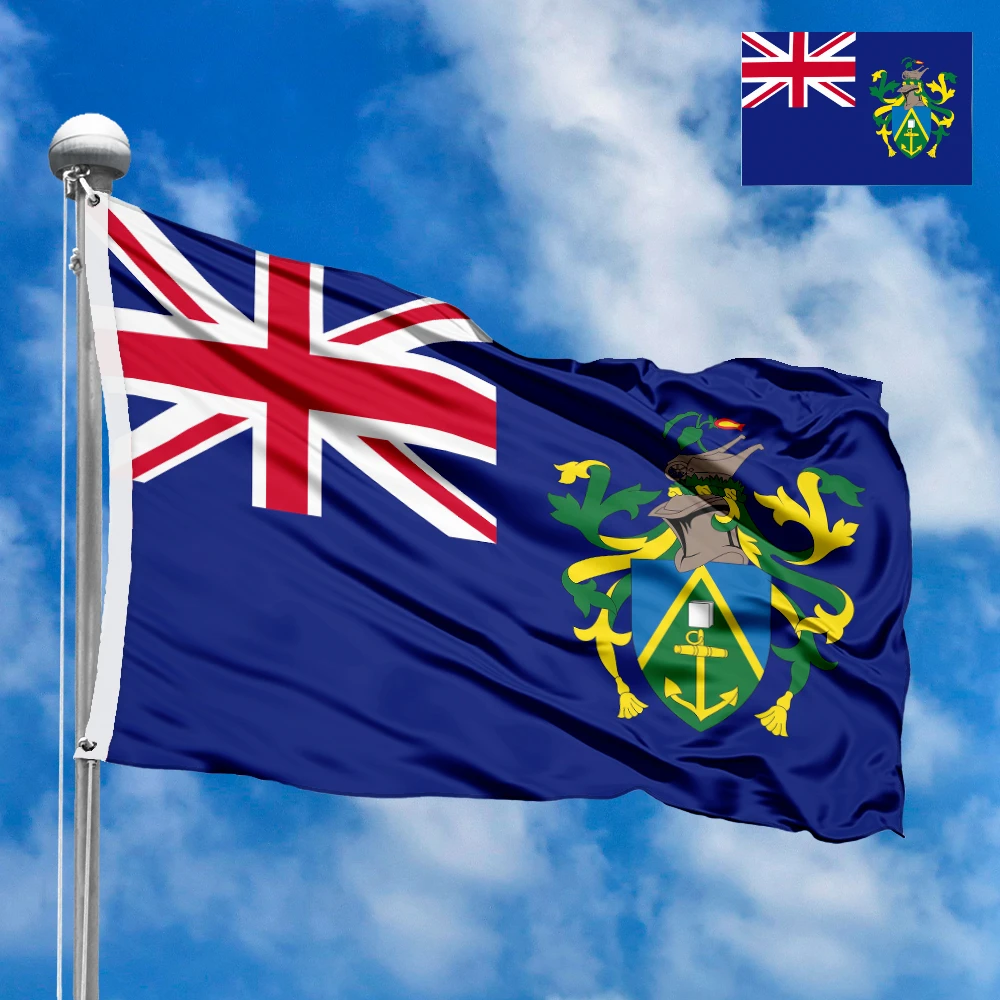







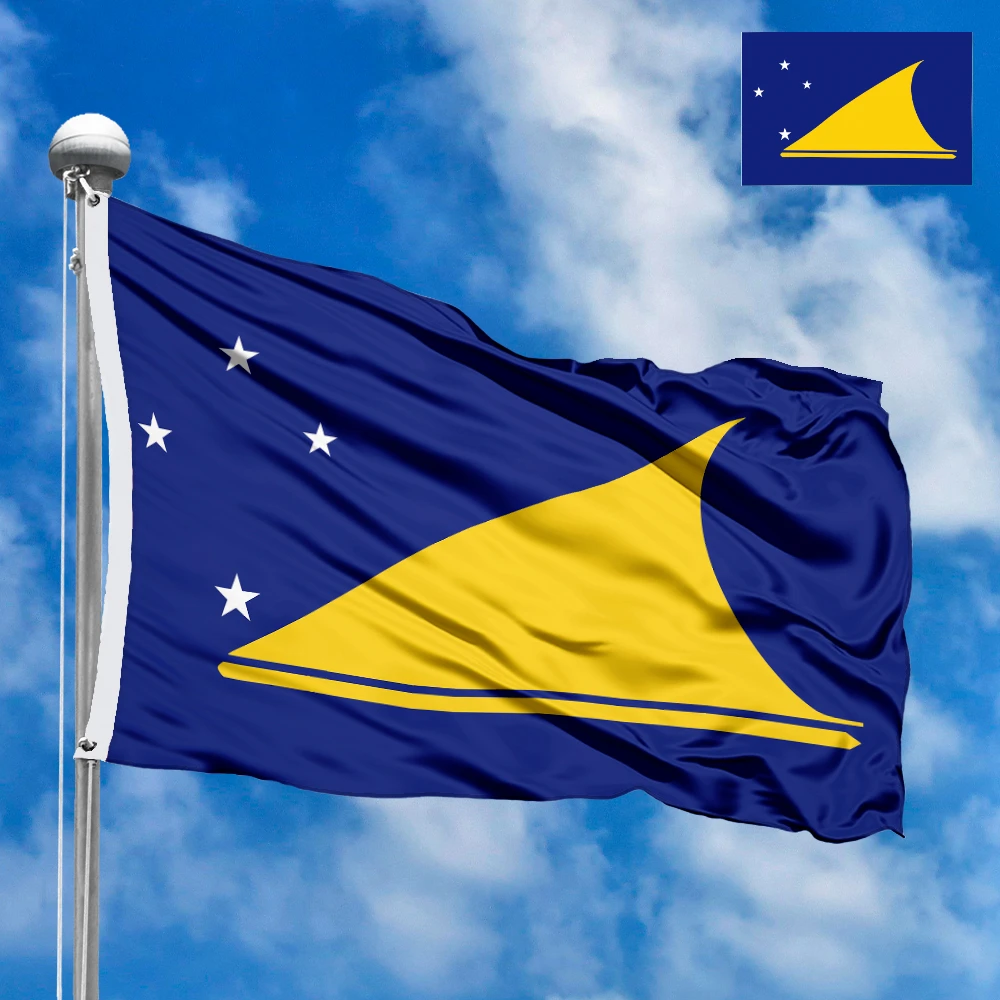















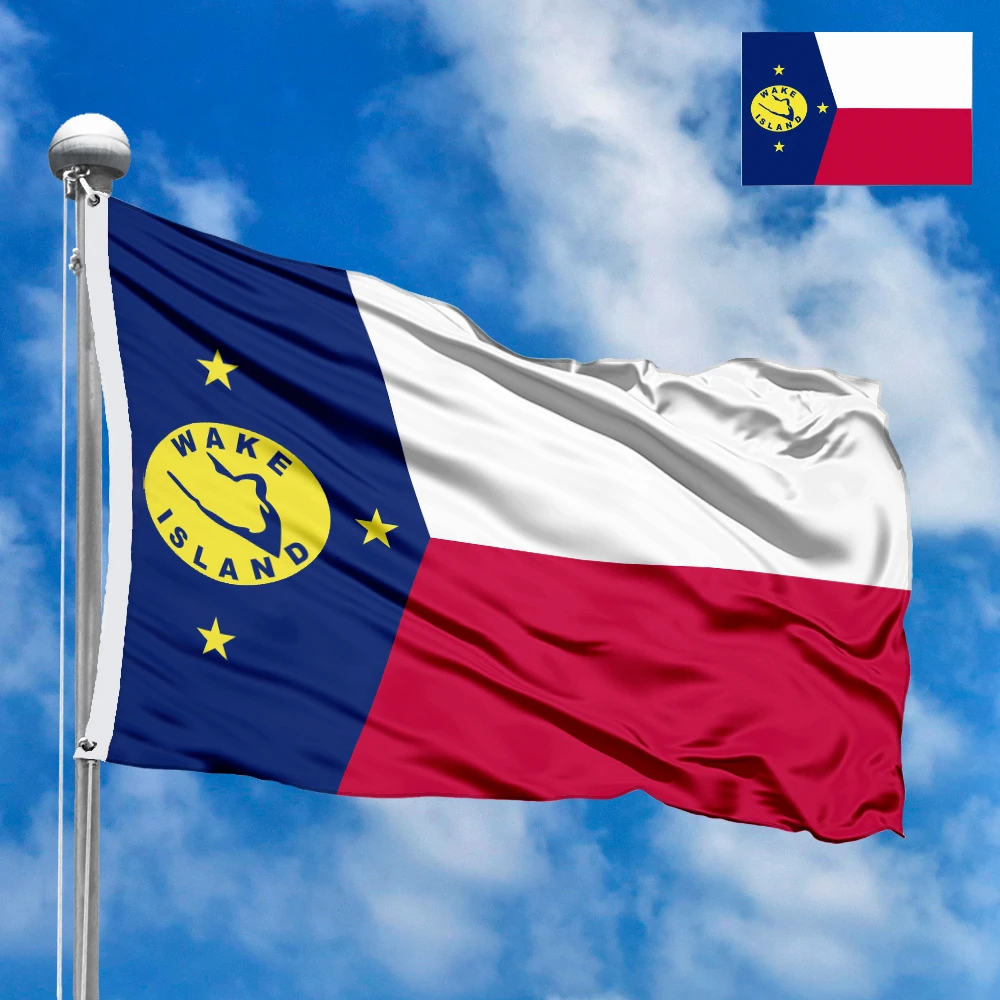



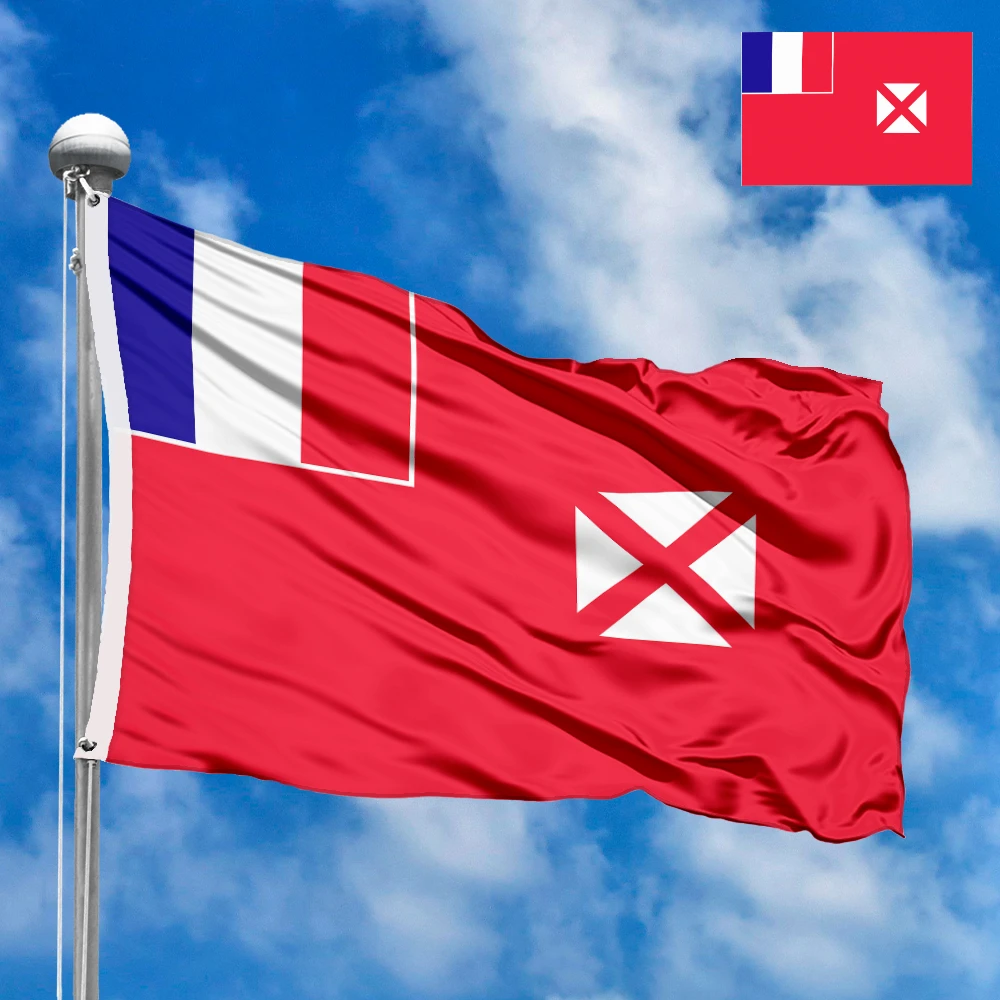
 Flags of Europe
Flags of Europe Flags of Asia
Flags of Asia Flags of Africa
Flags of Africa Flags of North America
Flags of North America Flags of South America
Flags of South America Flags of Australia and Oceania
Flags of Australia and Oceania Flags of Antarctica
Flags of Antarctica Flags of International Organizations
Flags of International Organizations LGBT Community Flags
LGBT Community Flags Historical Flags
Historical Flags Flags of the US States
Flags of the US States Ethnic flags
Ethnic flags